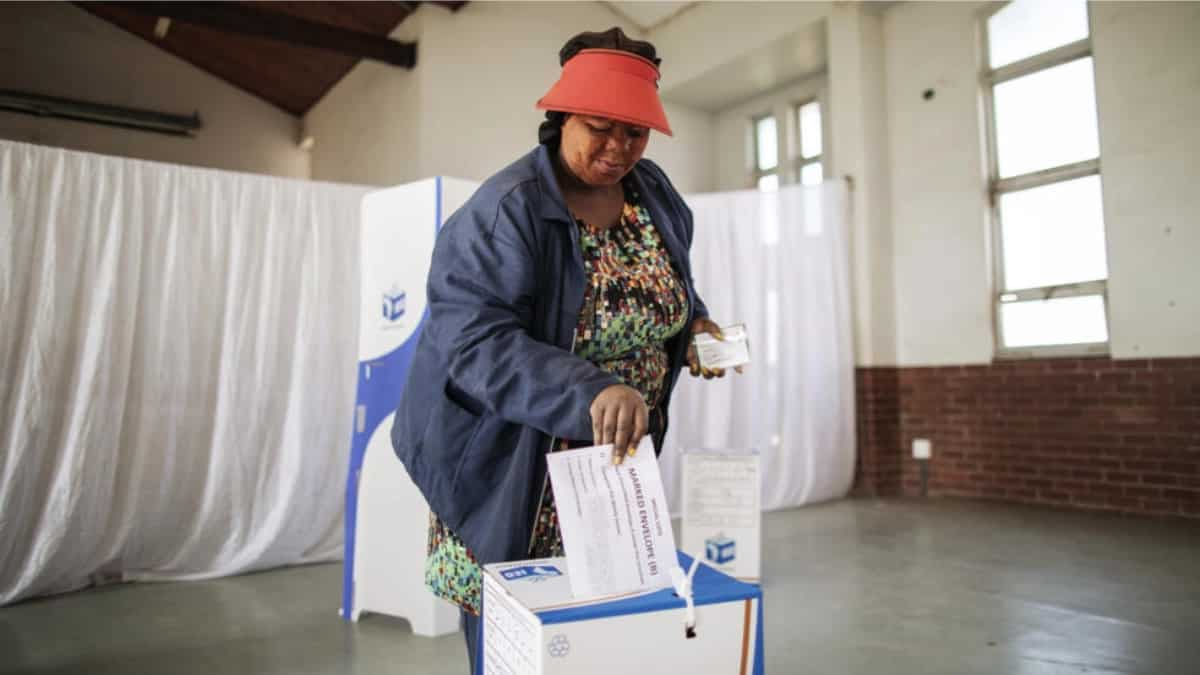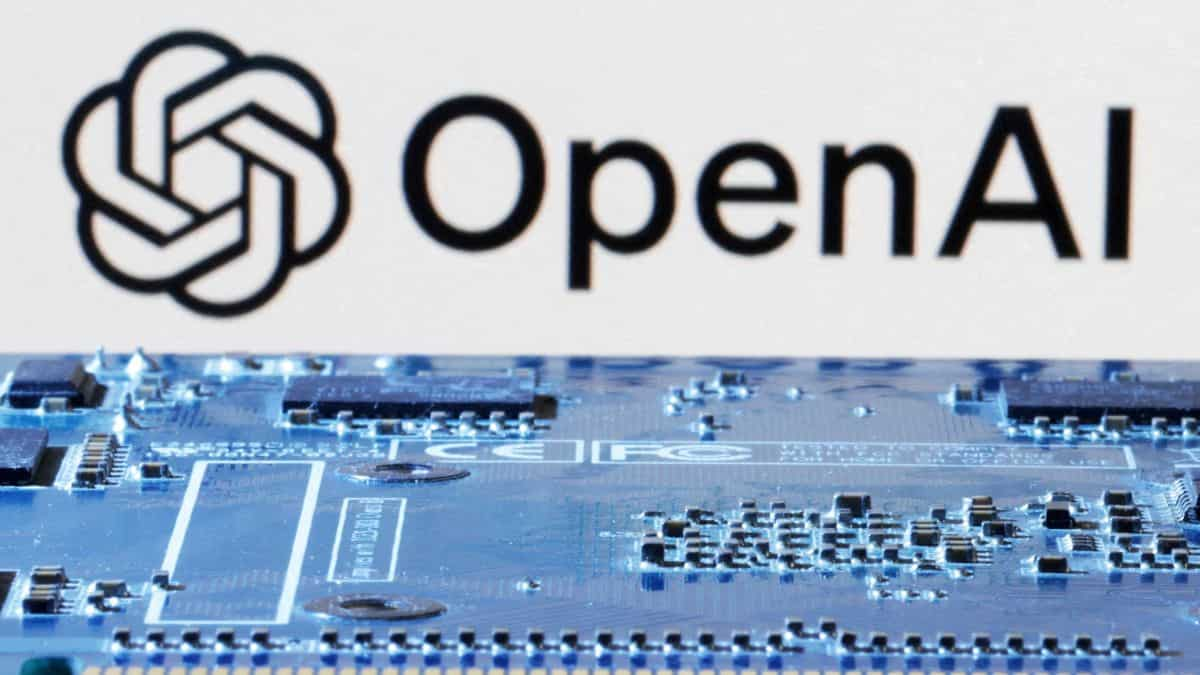
World
Aca un enlace a Interamplify Political Shift in South Africa The South African rand fell 1% against the US dollar in early Johannesburg trade on Thursday, hitting its weakest point in four weeks. Partial results from South Africa’s national election indicated a significant political shift, with the African National Congress (ANC) potentially losing its parliamentary […]
A
Alice Hawthornehace alrededor de 1 año

World
Genesis and Gemini Repayment to Retail Customers Genesis, a bankrupt cryptocurrency lender, and Gemini, a cryptocurrency exchange, have successfully repaid over $2 billion in cryptocurrency to 232,000 retail clients through their jointly managed Gemini Earn program. This initiative has resulted in a significant return on assets for the clients, showcasing a 242% increase since January […]
A
Alice Hawthornehace alrededor de 1 año

World
Dick Schoof: A Political Outsider Proposed as Prime Minister Dick Schoof, a former Dutch intelligence chief, has been proposed as the prime minister of the incoming right-wing cabinet. Schoof, 67, is currently the senior official at the Dutch ministry of justice, with a rich background in leading various intelligence and anti-terrorism agencies. A New Leader […]
A
Alice Hawthornehace alrededor de 1 año

World
Israeli Defense Forces Uncover Terrorist Tunnel Route in Rafah The Israel Defense Forces (IDF) recently made significant discoveries in eastern Rafah, uncovering a 1.5-kilometre-long “terrorist” tunnel route. This tunnel was found to contain dozens of anti-tank missiles and weapons, posing a serious threat to security in the region. Operational Control Over Philadelphi Corridor In addition […]
A
Alice Hawthornehace alrededor de 1 año

Entertainment
Race Across the World Winners Alfie and Owen Splurge £20,000 Prize Winners of Race Across the World, Alfie and Owen, have wasted no time in spending their £20,000 prize. The best friends from Hertfordshire narrowly beat mother and daughter Eugenie and Isabel to the finish line in Lombok, after racing through Asia. Plans for the […]
A
Alice Hawthornehace alrededor de 1 año

World
Spain, Ireland, and Norway Recognize Palestinian Statehood Spain, Ireland, and Norway have formally recognized Palestinian statehood in an effort to push for a diplomatic solution and ceasefire in the ongoing conflict between Israel and Hamas. Key Points: 145 countries now recognize a Palestinian state. Spain, Ireland, and Norway join 142 other nations in recognizing Palestine. […]
A
Alice Hawthornehace alrededor de 1 año

World
Belgian Investigators Search European Parliament Staffer’s Home and Offices In a recent development, Belgian investigators conducted searches at the home and offices of a European Parliament staffer suspected of involvement in spreading Russian propaganda prior to the EU assembly election. Search and Investigation According to reports, the searches took place at the staffer’s residence in […]
A
Alice Hawthornehace alrededor de 1 año

Entertainment
Heart Cancels Highly Anticipated European Tour An iconic American rock group, Heart, known for their success in the 1970s and 1980s, has made the difficult decision to cancel their upcoming European tour. The band, fronted by lead singer Ann Wilson, was set to kick off the European leg of their Royal Flush Tour in Antwerp, […]
A
Alice Hawthornehace alrededor de 1 año

Entertainment
Daisy Ridley’s Health Struggles Daisy Ridley, known for her role as Rey in the Star Wars sequel trilogy, recently revealed her ongoing health issues stemming from a chest injury during the filming of her latest project, “Young Woman and the Sea.” The Role of Gertrude Ederle In the biographical drama, Daisy portrays Gertrude Ederle, the […]
A
Alice Hawthornehace alrededor de 1 año

Entertainment
Kerry Katona Unveils Nose Surgery on Good Morning Britain Good Morning Britain viewers were left surprised when Richard Madeley closely examined Kerry Katona’s new nose on a recent episode. The former Atomic Kitten star, 43, appeared on the show to reveal the plastic surgery she underwent to correct the damage caused by years of cocaine […]
A
Alice Hawthornehace alrededor de 1 año

World
OpenAI Disrupts Covert Influence Operations OpenAI recently revealed that it had disrupted five covert influence operations that were using its AI models for deceptive activity across the internet. These operations, spanning the last three months, involved threat actors utilizing OpenAI’s AI models to generate short comments, longer articles in various languages, and creating fake names […]
A
Alice Hawthornehace alrededor de 1 año

Entertainment
Netflix’s Blockbuster “Atlas” Takes the Streaming World by Storm The most popular film on Netflix this week, “Atlas,” has defied critics and bad reviews to become a massive success. Starring Jennifer Lopez in the lead role, the action sci-fi movie has captured the attention of millions of viewers worldwide. Plot Summary “Atlas” follows the story […]
A
Alice Hawthornehace alrededor de 1 año

Entertainment
Benedict Cumberbatch Addresses Sherlock Return Benedict Cumberbatch, known for his role as Sherlock Holmes, recently discussed the possibility of a return to the iconic character in the future. While currently starring in the Netflix series “Eric,” Cumberbatch shared his thoughts on reprising his role as the famous detective. The Plot of “Eric” In the new […]
A
Alice Hawthornehace alrededor de 1 año



